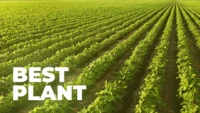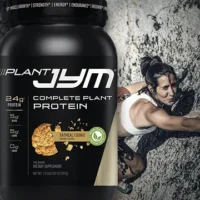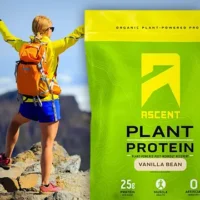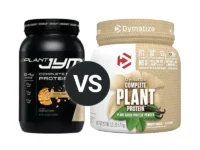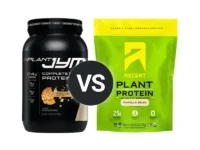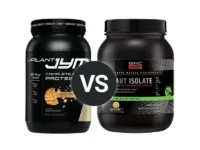Knowledge BaseYou're Questions Answered
BACK
How are plant protein powders made?
Plant-based protein powders are made from a variety of plant sources such as peas, brown rice, soy, hemp, and more. The process of making plant-based protein powders involves the following steps:
- Harvesting and drying: The plant source is harvested and dried to remove excess moisture.
- Grinding: The dried plant material is ground into a fine powder.
- Extraction: The protein is extracted from the plant material through a process that varies depending on the plant source. For example, soy protein is extracted from soybeans through a process of soaking, grinding, and separating the protein from the fibrous material.
- Concentration: The extracted protein is then concentrated to increase its protein content.
- Filtering: The protein solution is filtered to remove impurities and improve its texture and flavor.
- Drying: The filtered protein solution is then dried into a fine powder, either through spray drying or drum drying.
- Packaging: The final product, plant-based protein powder, is packaged and ready for sale.
The quality of plant-based protein powders can vary greatly depending on the quality of the starting materials and the processing methods used. Some protein powders are highly processed and may contain additives, while others are minimally processed to retain more of the original nutrient content. When choosing a plant-based protein powder, it's important to consider the source of the protein, the processing methods used, and any added ingredients.
Was this answer helpful? Let us know!
Like
Add to this Answer
Related Questions
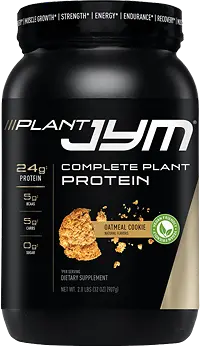
Disclosure
Your Answer
Do you have a suggestion to improve the answer? Please detail your suggestions and provide any references to information that may support your answer if available.
The content on this site has not been written, reviewed or endorsed by a medical professional. We assume no liability for the misuse of supplements and recommend you review the label of any product, as well as consulting with your health care professional.
We are a participant in the Amazon Services LLC Associates Program, an affiliate advertising program designed to provide a means for us to earn fees by linking to Amazon.com and affiliated sites.
We are a participant in the Amazon Services LLC Associates Program, an affiliate advertising program designed to provide a means for us to earn fees by linking to Amazon.com and affiliated sites.
© 2025 ProteinPowder.com
